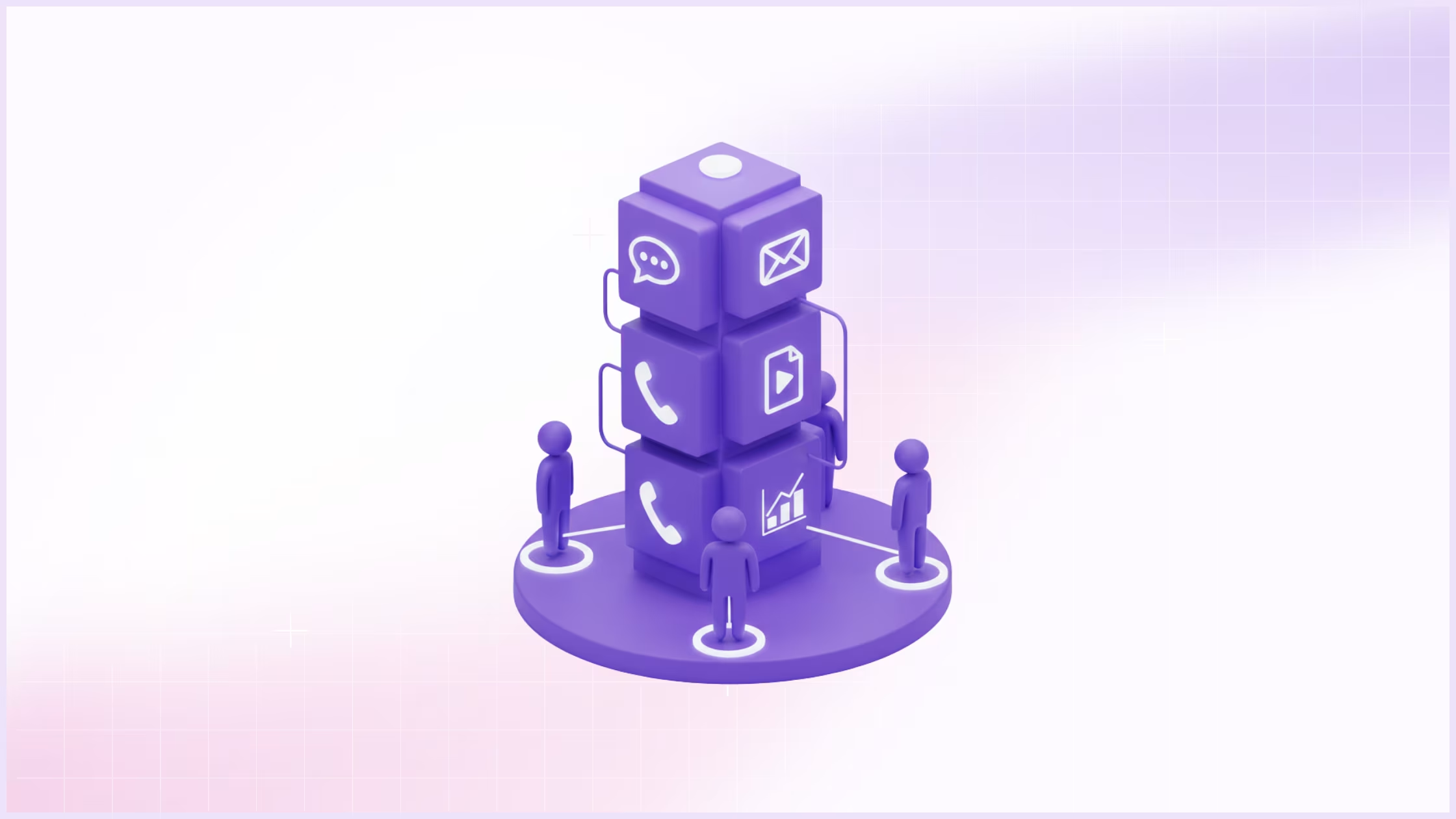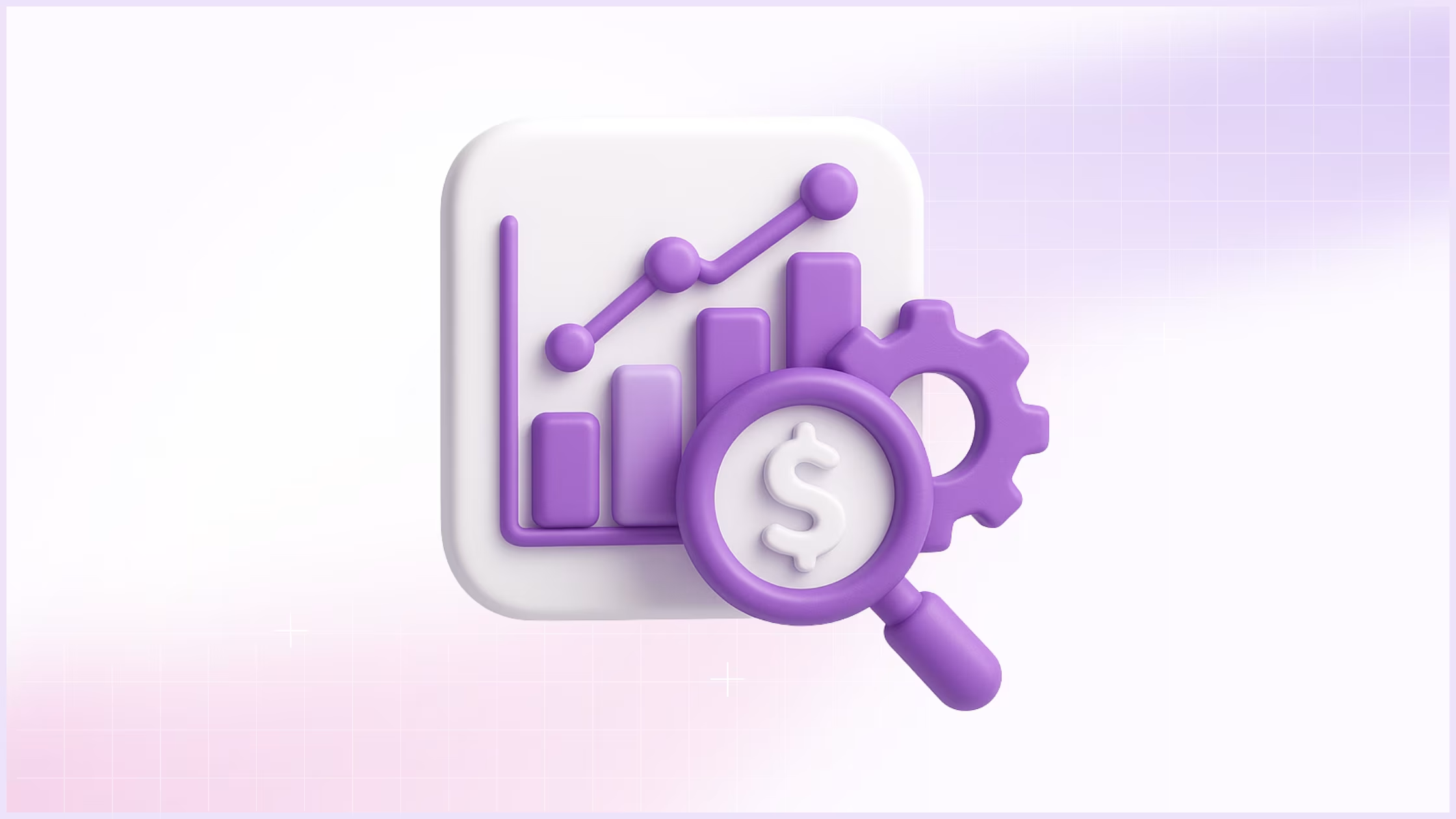Only 58% of companies have had a B2B sales enablement framework in place for more than two years. These orgs also see their B2B sales reps hitting quotas 23% more often than teams without proper support systems. This guide to sales enablement will show you how to implement a framework that can transform your sales process and how to sell sales enablement effectively within your organization.
The problem isn't your sales talent - it's the infrastructure supporting them. What is enablement in business? It's the strategic approach to equipping your sales team with the tools, content, and information they need to sell more effectively. This is where a robust B2B sales enablement platform comes into play.
B2B sales reps facing complex, lengthy sales cycles need uninterrupted access to critical resources exactly when they need them. With proper sales and marketing enablement, companies become better at closing deals. Strategic content usage delivers measurable results in win rates and upsells.
This article reveals the exact B2B sales enablement framework that doubled our close rates - and shows you how to implement it for similar results in your organization.
What is a B2B sales enablement framework, and why does it matter?
Your blueprint for sales success
A B2B sales enablement framework serves as the blueprint that defines how you'll empower your sales team with the resources, tools, and knowledge they need to succeed. At its core, it's the foundation of your sales enablement function, a structured approach to supporting sellers so they can reach their full potential and maximize revenue generation.
Unlike random approaches where managers occasionally step in or marketing creates assets on request, a formal framework delivers consistency and scalability. The framework outlines a strategic, ongoing process that equips B2B sales reps with the content, guidance, training, and coaching necessary to effectively engage buyers throughout the buyer journey.
Find the right information at the right time, every time
For B2B sales teams, this framework creates alignment across revenue objectives by providing quick access to information and content. Rapid access to critical information can help B2B sales reps prepare better for client meetings and succeed in their roles.
The framework establishes collaborative processes that get different departments working together, especially critical since many sales professionals believe sales and marketing lack strong alignment. This sales and marketing alignment is crucial for the success of any B2B sales enablement strategy and B2B marketing enablement efforts.
Content marketing vs. B2B sales enablement: Know the difference
While both involve content creation, these functions differ significantly:
Content marketing:
- Creates assets for buyer consumption (blogs, eBooks)
- Reports to Chief Marketing Officer
- Focuses on external audience engagement
B2B sales enablement:
- Focuses on how salespeople engage with and distribute content
- Ensures reps have guidance and training for effective customer interactions
- Reports to Chief Sales Officer
- Produces competitive battlecards, sales playbooks, and sales scripts
Here is a piece from the New York Times talking about this difference in detail.
Win more deals with proven results
Organizations implementing a B2B sales enablement framework see remarkable results, with higher win rates on forecasted deals compared to organizations without such frameworks.
Sales professionals who leverage B2B sales enablement content are more likely to beat their sales targets. The framework enhances productivity by automating processes, allowing sales teams to spend more time selling rather than managing data.
Furthermore, it creates standardized sales processes, ensuring consistency across your sales organization while driving measurable outcomes, including shorter sales cycles and improved quota attainment. This is where sales process optimization comes into play, a key benefit of implementing a robust sales enablement strategy.
We have spoken about the benefits of an effective sales enablement strategy, but how do you make sure it has all the right elements?
What are the elements of a sales enablement strategy?
If you’ve been wondering, “What are the elements of a sales enablement strategy?”, here’s a simple way to think about it:
Start with the buyer, not the product. Understand their pain points, their journey, and how they prefer to engage. Build your playbooks, content, and training around that.
And here’s why that matters: 87% of today’s B2B buyers expect sales reps to act as trusted advisors, not just product pushers. That shift in expectation is at the heart of modern enablement.
Next, make sure your tech stack works together. Whether it’s a CMS, onboarding software, or AI-powered sales enablement software like SiftHub, your tools should streamline and not complicate rep workflows.
Finally, define what success looks like. Set goals. Track rep performance, deal velocity, and content usage. Then, adapt.
Real-world sales enablement examples
Here are a few sales enablement examples that teams are using right now to close deals more effectively:
- Microlearning on the go: Short, snackable training videos reps can watch between calls.
- Smart content surfacing: Tools that recommend collateral based on deal stage or persona.
- Interactive ROI calculators: Built into your sales enablement software, helping reps personalize pitches on the fly.
These strategies aren’t just for show. In fact, companies using sales enablement tools are 19% more likely to see year-over-year win rate increases.
5 critical components that drive B2B sales enablement success
Top-performing B2B sales enablement frameworks share five essential elements that drive predictable revenue growth. Unlike one-off training initiatives, these integrated components create a measurable impact on your bottom line. Understanding what sales enablement does is crucial to implementing these components effectively.
Onboarding and training programs
Set your B2B sales reps up for success from day one with effective onboarding programs. The most successful programs blend formal teaching with self-paced learning, personalized coaching, and practical skill development through role-playing exercises.
B2B sales enablement content and tools
Move prospects through your sales funnel with well-crafted content resources. Customer stories, product decks, e-books, datasheets, demos, and competitive intelligence give your team the ammunition they need. Sales professionals who leverage B2B sales enablement content are more likely to beat their targets. The right B2B sales enablement platform ensures reps find exactly what they need for specific selling scenarios
CRM and sales tech stack
Build your enablement foundation on a robust technology platform. Your B2B sales enablement tech stack forms the backbone of all enablement efforts, providing a centralized system to manage leads, track interactions, and drive growth. Strategic CRM integration between your CRM and sales enablement platform creates visibility across the entire sales workflow, with revenue milestones that auto-complete as reps hit them.
Cross-team collaboration processes
Break down departmental silos for maximum enablement impact. Organizations with formal cross-functional collaboration achieve more of their enablement initiatives compared to those without structured collaboration. Give your B2B sales reps quick access to critical information from marketing, product, and customer success teams through shared projects, cross-functional meetings, and integrated workflows.
Performance tracking and KPIs
Measure what matters to optimize your B2B sales enablement strategy. Track essential sales enablement metrics, including win rates, quota attainment, sales cycle length, content usage, and user satisfaction. Consistent measurement helps identify improvement areas and refine your approach. Establish clear benchmarks, implement regular reporting cycles, and build a data-driven sales culture throughout your organization.
Once you have identified the components, the next step is to build your B2B sales enablement framework.
Build your B2B sales enablement framework in 5 steps
Organizations with formal B2B sales enablement programs achieve 49% higher win rates. Strategic execution and cross-team collaboration drive this revenue growth - here's how to make it happen and how to sell sales enablement within your organization.
1. Research and plan your approach
Assess your sales team's current state to identify strengths, weaknesses, and knowledge gaps. Define clear, measurable objectives that align with broader business goals—not vague targets like "improve team performance." Select a sales methodology that guides how your sellers engage with buyers. Evaluate existing B2B sales enablement tools to determine what needs to be developed or acquired for successful implementation.
2. Align sales and marketing teams
Most content created by marketing is never used by sales. Break this pattern by implementing a marketing-sales service level agreement (SLA) that outlines specific deliverables between departments. Establish regular ‘sales-marketing’ meetings to analyze metrics, customer journey mapping, and messaging. Designate point persons from each team to ensure accountability and maintain centralized communications.
3. Create buyer personas and ICPs
Ideal customer profiles (ICPs) outline characteristics of companies that fit your solutions, while buyer personas capture individual stakeholders' pain points and motivations. Over half of B2B buying decisions now involve procurement, finance, and administration departments at the earliest stages. These detailed profiles help teams tailor messaging and qualify leads more effectively.
4. Develop training and coaching modules
Create a structured 30-60-90 day onboarding plan with ongoing product training. Implement bite-sized, personalized learning opportunities that address each seller's unique needs. Before full deployment, invest in coaching software that provides safe environments for practice. Track progress through performance dashboards and encourage peer learning to foster a coaching culture.
5. Deploy content and tools strategically
Roll out your framework in stages: plan, enable, engage, and improve. Ensure reps can easily access updated B2B sales enablement content tailored to specific customer segments and buying journeys. Gather regular sales enablement feedback directly from your sales team about what's working and what isn't. Recognize and reward adoption to maintain momentum and drive enthusiasm for the framework.
Real results: The organizational impact of a B2B sales enablement framework
Organizations that implement a structured B2B sales enablement framework typically experience significant improvements across core performance areas. These improvements often include higher conversion rates, shorter sales cycles, and increased customer satisfaction. By streamlining sales process optimization and reducing time spent on administrative tasks, teams can focus more on value-driven customer interactions.
B2B sales enablement content helps sales reps engage prospects more effectively, while a centralized sales enablement platform improves content management and makes it easier to find relevant sales playbooks, competitive battlecards, and training resources. A strong CRM integration further enhances visibility and coordination across teams.
Organizations that invest in a comprehensive guide to sales enablement and leverage B2B sales enablement software often see improved sales team performance, better buyer persona alignment, and clearer ideal customer profiles (ICPs). This approach fosters continuous sales enablement iteration, supported by sales enablement feedback and reinforced through a formal sales enablement charter.
As a result, companies build a scalable sales enablement tech stack, encourage sales enablement adoption, and stay competitive within the broader sales enablement industry. Whether you're considering SaaS sales enablement B2B tools or enterprise sales enablement solutions, implementing sales enablement best practices backed by conversation intelligence and sales intelligence can future-proof your sales strategy.
Treating your enablement strategy as a living framework ensures it evolves alongside your business and the market. Organizations that actively update their sales enablement content and monitor sales enablement metrics, such as sales cycle length, quota attainment, and content usage, are more likely to sustain long-term revenue generation and growth.
How to build an effective sales enablement framework with SiftHub
Building an effective sales enablement framework takes planning and cross-team collaboration, but the results are worth it. Better sales team performance, faster sales cycles, stronger sales and marketing alignment, and higher conversion rates are just some of the benefits. A structured approach backed by sales enablement best practices helps B2B sales reps succeed at every stage of the buyer journey.
SiftHub makes it easy.
As a purpose-built sales enablement platform, SiftHub streamlines how you manage sales enablement content, CRM integration, conversation intelligence, and performance tracking. Whether you need competitive battlecards, sales playbooks, or detailed sales enablement metrics, SiftHub brings it all together in one platform.
From content management to sales enablement adoption and iteration, SiftHub supports every part of your enablement strategy. It's not just a guide to sales enablement. It's the system that drives sustainable revenue generation.
Skip the complexity. With SiftHub, you can launch and scale your B2B sales enablement framework faster and with greater impact. Start optimizing your sales process today.










